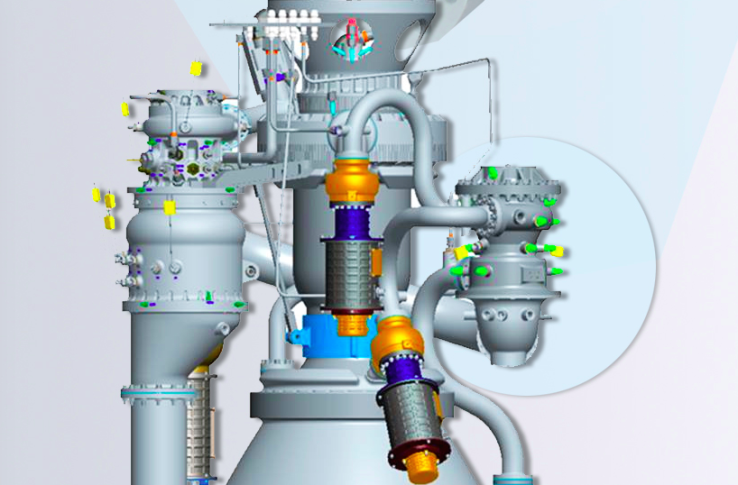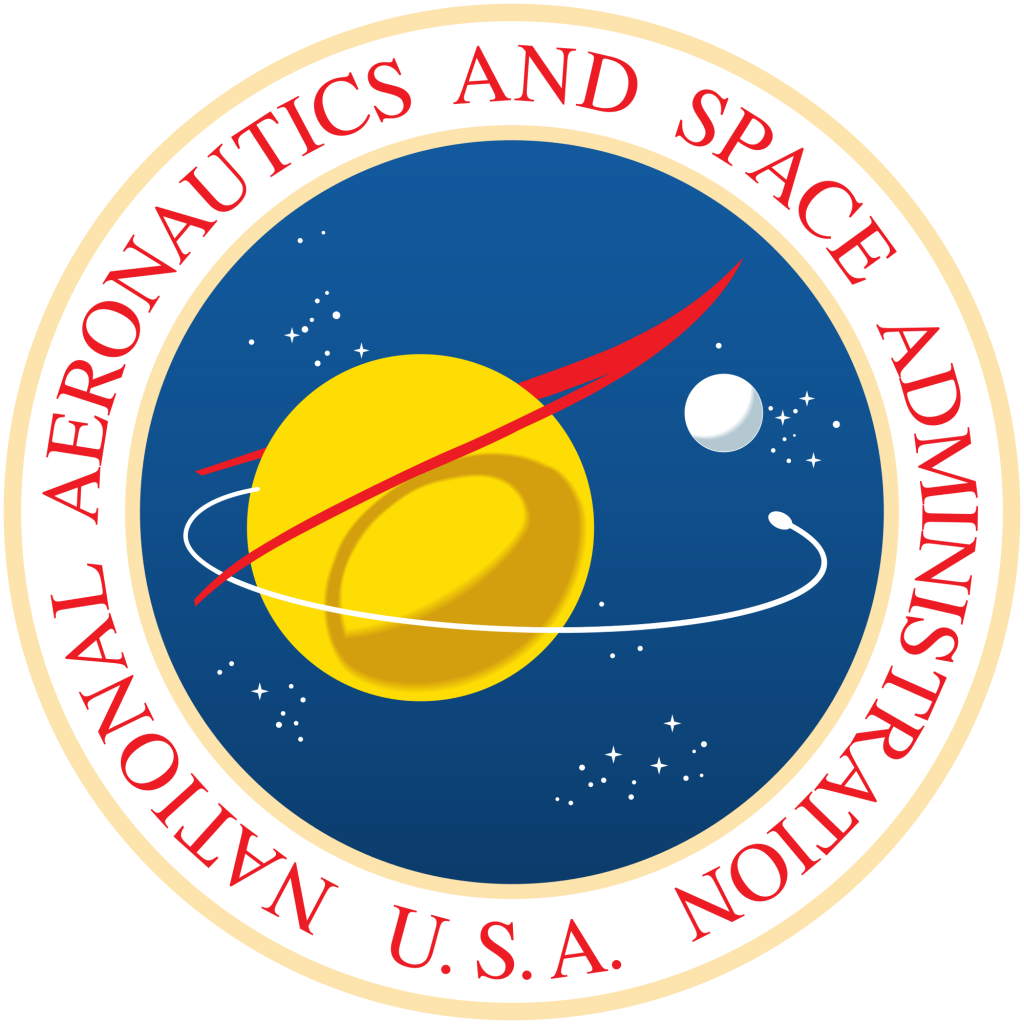We’ve all heard the phrase, “it’s not rocket science” to indicate something that isn’t particularly difficult to figure out. And you may have been told that 3D printing “isn’t rocket science” either, but sometimes it quite literally is. In this case it’s 3D printing that took place as part of the ultimate space agency and last word in rocket science: NASA. For their most recent foray into space based awesomeness, they have created a 3D printed turbopump. Now, I have to admit I did not know exactly (or even vaguely, actually) what a turbopump does. I, after all, do not generally engage in rocket science. However, the folks at NASA have a very good idea what one is and I take their word for it:
“is a propellant pump with two main components: a rotodynamic pump and a driving gas turbine, usually both mounted on the same shaft, or sometimes geared together. The purpose of a turbopump is to produce a high pressure fluid for feeding a combustion chamber or other use.”
 What that means is that it is one of the primary reasons why the rocket ships actually rocket. This doesn’t just add to the cool cache that was already held by 3D printing, it also serves to save time and money. This particular pump was able to be 3D printed with 45% fewer parts than pumps that are made using traditional methods.
What that means is that it is one of the primary reasons why the rocket ships actually rocket. This doesn’t just add to the cool cache that was already held by 3D printing, it also serves to save time and money. This particular pump was able to be 3D printed with 45% fewer parts than pumps that are made using traditional methods.
Now, this isn’t the kind of thing you can just casually toss off the block and hope that it works. Its creation took a total of two years, but if that seems like a lot, without the availability of 3D printing, it is estimated that it would have taken at least four. So, if you’re doing the math, that’s 55% fewer parts in 50% of the time…and that’s a pretty big improvement.
 The turbopump was subjected to a series of tests that would make the most extreme sport seem like wading in a kiddie pool. The fifteen tests were designed to simulate the stresses that the pump would experience when it became part of the rocket’s engine and were meant to recreate the conditions that 35,000 pounds of rocket thrust would place it under. Mary Beth Kolebl, the Deputy Manager of Marshall’s Propulsion System Department explained the reasons that NASA is interested in exploring 3D printing:
The turbopump was subjected to a series of tests that would make the most extreme sport seem like wading in a kiddie pool. The fifteen tests were designed to simulate the stresses that the pump would experience when it became part of the rocket’s engine and were meant to recreate the conditions that 35,000 pounds of rocket thrust would place it under. Mary Beth Kolebl, the Deputy Manager of Marshall’s Propulsion System Department explained the reasons that NASA is interested in exploring 3D printing:
“By testing this fuel pump and other rocket parts made with additive manufacturing, NASA aims to drive down the risks and costs associated with using an entirely new process to build rocket engines.”
Imagine that. Pretty soon they might be able to print a rocket ship and if the reduction in material and costs adds up to the savings they have seen with the turbopump there could be a lot more space exploration at a much smaller price tag. It probably won’t bring the price down enough where you and I will be able to afford tickets to the moon, but discounts are hard to come by in space travel.
Let us know your thoughts on NASA’s continued use of 3D Printing in the 3D Printed Turbopump forum thread on 3DPB.com.
Subscribe to Our Email Newsletter
Stay up-to-date on all the latest news from the 3D printing industry and receive information and offers from third party vendors.
You May Also Like
3D Printing News Briefs, November 23, 2024: Formnext Awards, Batch Production, & More
We’re covering a variety of stories in today’s 3D Printing News Briefs, from the Formnext Awards to metal additive manufacturing for batch production and more. Read on for all the...
Formnext Day Three: Rock & Zoll
The biggest news on day three was, of course, the reactions to the band at the exhibitor’s party. The soirée was well attended, with the crowd rocking on until early...
Formnext 2024 Roundup: Pellet 3D Printing, Advanced Software, & More
Europe’s leading additive manufacturing trade show, Formenxt 2024, comes to a close today. There have been many product, material, software, and other business announcements during the event, and we’ll summarize...
Formnext 2024 Day Two: Stand Up
The complaints about the film The Longest Day being set on a beach in France pale in comparison to experiencing Formnext. By the second day, it already feels like the...




































